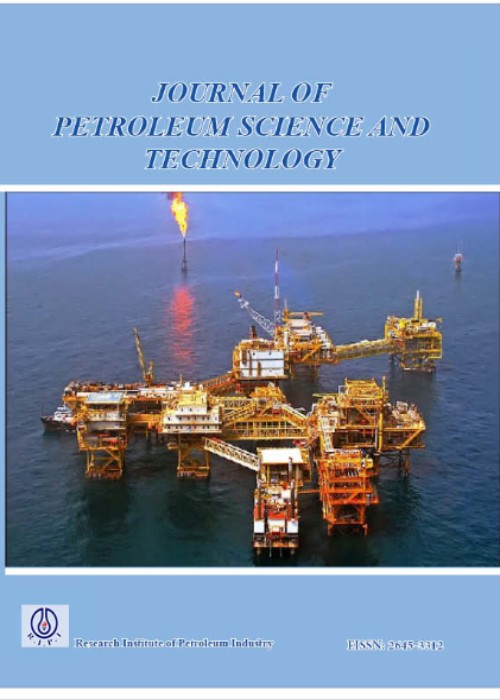Performance of water injection and CO2 injection into oil reservoirs based on field data: using ANNs to predict in the selected scenario
Author(s):
Article Type:
Research/Original Article (دارای رتبه معتبر)
Abstract:
As carbon dioxide emissions rise worldwide, the world is still experiencing many consequences of these emissions. This challenge can be addressed using carbon capture, utilization, and storage (CCUS). Energy transfer generally requires a good program in which CCUS plays a crucial role. CO2-EOR, which allows for storing carbon dioxide (CO2), is a suitable option in this area. It provides economic returns from oil that could not be recovered before without this method and has environmental benefits, which shows its importance compared to other EOR methods. In this study, an oil reservoir is simulated using field data to compare this method with the water injection method and natural depletion method of the reservoir. Water and CO2 injection increased oil recovery by 8.4% and 12.7%, compared to natural depletion. The surrogate reservoir model was built using the machine learning (ML) technique by choosing the scenario of CO2 injection to reduce the computational load and the possibility of using it in optimization tasks. Therefore, using the data-driven model, we can reproduce the data related to the CO2-EOR process in a much shorter period of time, thereby allowing us to select the most efficient parameters and their ranges for different processes. The numerical simulator was run 250 times to extract the necessary data. The ANN is applied to the data and trained after the database is built and the hyper-parameters have been optimized. ANN consists of two hidden layers with 81 and 51 neurons, respectively, and a 0.05 learning rate after optimization. The trained two-objective ANN was a MAPE of less than 2.5% in the test data for both objectives, i.e., oil recovery and carbon dioxide storage. To further validate and ensure the accuracy of the trained ANN, the numerical simulator was run randomly ten times and compared with the values predicted by the ANN. MAPE for both objectives was less than 2.6%. Therefore, the ANN that makes predictions in a fraction of a second has a suitable accuracy that can be used as a surrogate reservoir model.
Keywords:
Language:
English
Published:
Journal of Petroleum Science and Technology, Volume:12 Issue: 3, Summer 2022
Pages:
2 to 11
magiran.com/p2581952
دانلود و مطالعه متن این مقاله با یکی از روشهای زیر امکان پذیر است:
اشتراک شخصی
با عضویت و پرداخت آنلاین حق اشتراک یکساله به مبلغ 1,390,000ريال میتوانید 70 عنوان مطلب دانلود کنید!
اشتراک سازمانی
به کتابخانه دانشگاه یا محل کار خود پیشنهاد کنید تا اشتراک سازمانی این پایگاه را برای دسترسی نامحدود همه کاربران به متن مطالب تهیه نمایند!
توجه!
- حق عضویت دریافتی صرف حمایت از نشریات عضو و نگهداری، تکمیل و توسعه مگیران میشود.
- پرداخت حق اشتراک و دانلود مقالات اجازه بازنشر آن در سایر رسانههای چاپی و دیجیتال را به کاربر نمیدهد.
In order to view content subscription is required
Personal subscription
Subscribe magiran.com for 70 € euros via PayPal and download 70 articles during a year.
Organization subscription
Please contact us to subscribe your university or library for unlimited access!



